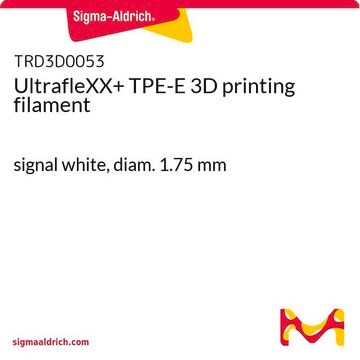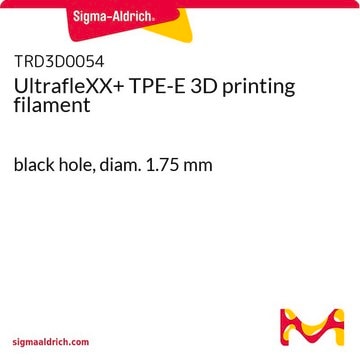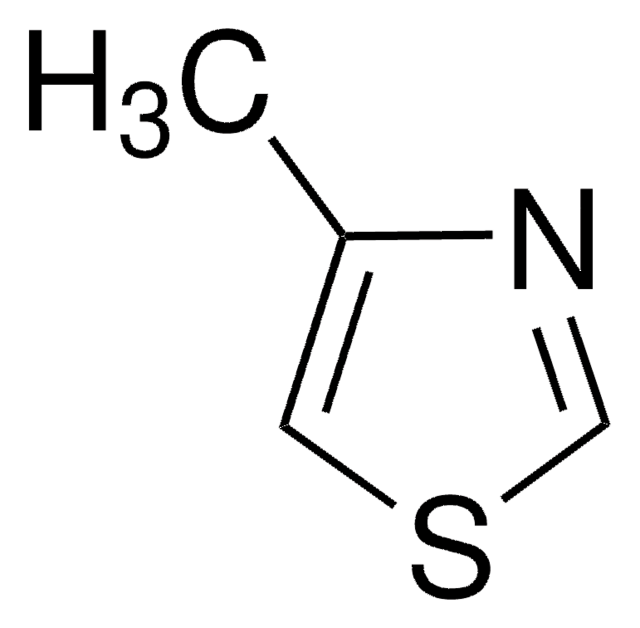W354503
Ethyl 3-hydroxyhexanoate
≥98%, FG
Synonyme(s) :
3-hydroxyhexanoic acid ethyl ester, Ethyl 3-hydroxy caproate
About This Item
Produits recommandés
Source biologique
synthetic
Niveau de qualité
Qualité
FG
Fragrance grade
Halal
Kosher
Agence
follows IFRA guidelines
meets purity specifications of JECFA
Conformité réglementaire
EU Regulation 1223/2009
EU Regulation 1334/2008 & 178/2002
Pureté
≥98%
Indice de réfraction
n20/D 1.428 (lit.)
Point d'ébullition
90-92 °C/14 mmHg (lit.)
Densité
0.974 g/mL at 25 °C (lit.)
Application(s)
flavors and fragrances
Documentation
see Safety & Documentation for available documents
Allergène alimentaire
no known allergens
Allergène de parfum
no known allergens
Propriétés organoleptiques
grape; green; citrus; fruity; sweet
Chaîne SMILES
CCCC(O)CC(=O)OCC
InChI
1S/C8H16O3/c1-3-5-7(9)6-8(10)11-4-2/h7,9H,3-6H2,1-2H3
Clé InChI
LYRIITRHDCNUHV-UHFFFAOYSA-N
Catégories apparentées
Description générale
Application
- Novel Antiviral Activity of Ethyl 3-Hydroxyhexanoate Against Coxsackievirus B Infection.: Discusses the potential antiviral properties of Ethyl 3-hydroxyhexanoate, positioning it as a candidate for therapeutic use against Coxsackievirus, with implications for pharmaceutical applications and virology (Olasunkanmi et al., 2022).
- RIFM fragrance ingredient safety assessment, ethyl 3-hydroxyhexanoate, CAS Registry Number 2305-25-1.: A comprehensive safety assessment of Ethyl 3-hydroxyhexanoate used in fragrance formulations, emphasizing its toxicological profile and safe usage in consumer products (Api et al., 2020).
Code de la classe de stockage
10 - Combustible liquids
Classe de danger pour l'eau (WGK)
WGK 3
Point d'éclair (°F)
201.2 °F - closed cup
Point d'éclair (°C)
94 °C - closed cup
Équipement de protection individuelle
Eyeshields, Gloves, multi-purpose combination respirator cartridge (US)
Certificats d'analyse (COA)
Recherchez un Certificats d'analyse (COA) en saisissant le numéro de lot du produit. Les numéros de lot figurent sur l'étiquette du produit après les mots "Lot" ou "Batch".
Déjà en possession de ce produit ?
Retrouvez la documentation relative aux produits que vous avez récemment achetés dans la Bibliothèque de documents.
Notre équipe de scientifiques dispose d'une expérience dans tous les secteurs de la recherche, notamment en sciences de la vie, science des matériaux, synthèse chimique, chromatographie, analyse et dans de nombreux autres domaines..
Contacter notre Service technique








